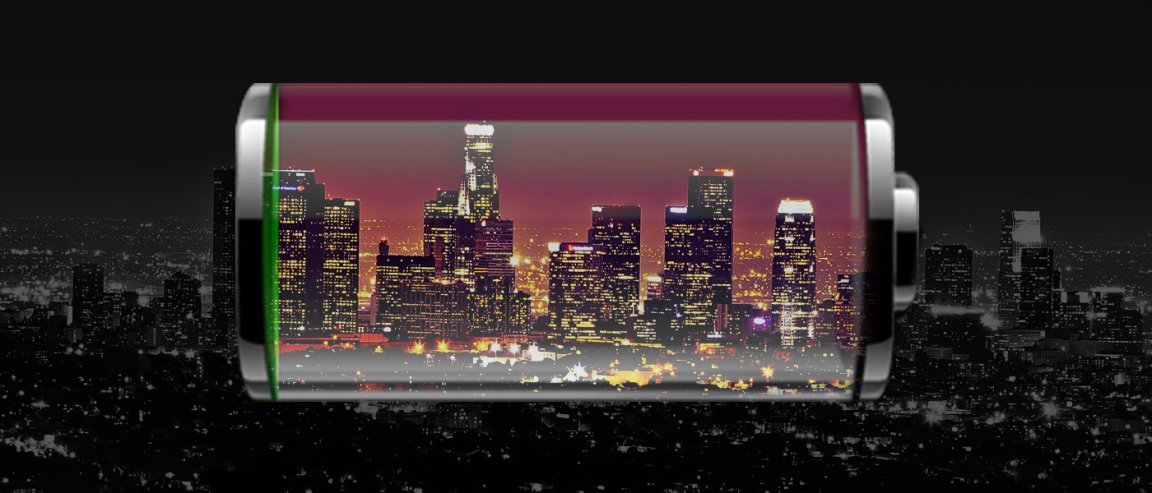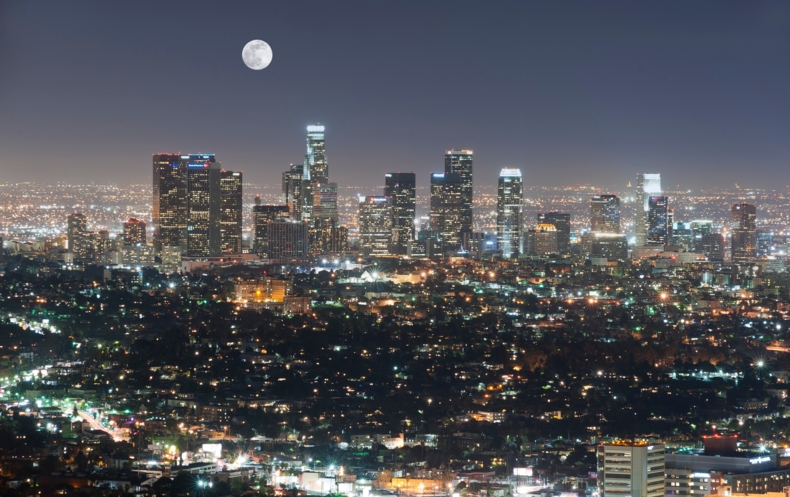
A Battery Of Epic Proportions
For the past few years, it has become a tradition in Los Angeles to turn on a natural gas-burning power plant called a “peaker” to supplement the power produced by the power plants in the surrounding area during peak hours. Peak hours usually occur during the afternoon, when people arrive from work, and in the morning when people get ready to work.
But if the current plans work out, the city will be rid of the peaker in five years time. It will be replaced by the world’s largest storage battery.
This new storage battery is capable of storing and distributing over 100 megawatts of power an hour for four hours. It will be able to handle the peak hours without burning more fossil fuels. In the mornings, it will be charged using solar power and wind turbines at night.

Constellation of Batteries
California’s Public Utilities Commission set a target that requires utilities to build their capacity to store energy, to use more renewable energy and to reduce the state’s greenhouse gas emissions by 80 percent by the year 2050. The local utility also picked AES Corp from over 1,800 other companies who offered to replace the peaker.
AES Corp. has already been working with electric-car battery manufacturers for nine years. It now has the capacity to build and control bigger assemblies of these lithium-ion batteries. The one to be built in Long Beach will have 18,000 battery modules, each the size of the power plant of the Nissan Leaf
“Ideally, storage is your greatest flexible asset you can put on the grid,” said Vince Sprenkle, a chief engineer for energy storage at the Pacific Northwest Laboratory in Washington state.